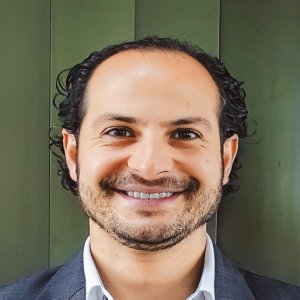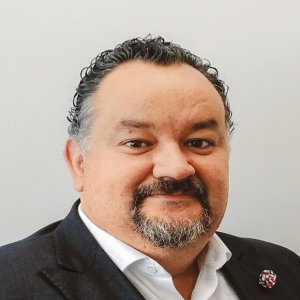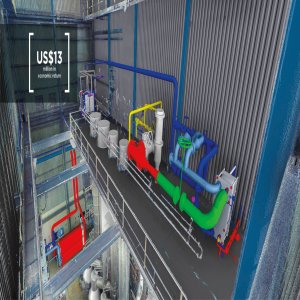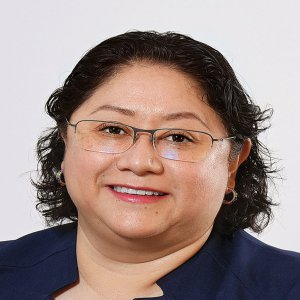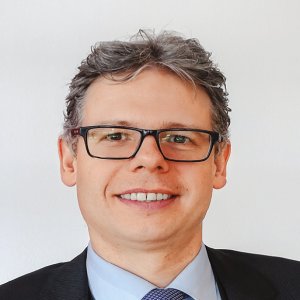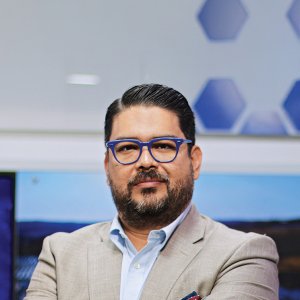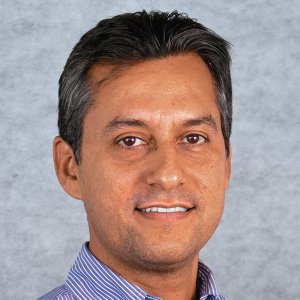Clean Self-Sufficiency

STORY INLINE POST
Q: How close is Grupo BAL to reaching its 2023 plan to be a 100-percent self-sufficient energy company?
A: I would say that Grupo BAL has progressed about 86 percent to its goal and after we become self-sufficient we will stop purchasing electricity from CFE and will even start to participate in the wholesale electricity market and sell electricity, adapting our strategy to the market’s conditions. In other words, we will be playing in the major leagues.
Q: What technologies or strategies is Grupo BAL putting in place to cope with its clean energy requirements?
A: The Energy Transition Law is quite clear, defining which sources of energy are clean and renewable. Our goal is to examine the most suitable sources for our business. We also continue to implement the best energy efficiency programs for the group’s companies. Peñoles, for example, has a program that measures how many kWh it needs to produce 1 ounce of gold, silver or zinc. The final purpose of this program is to incorporate every relevant input and showcase the best option and process to produce more minerals with less power. This program can even tell us the energy efficiency of each component present in the production line, so we know exactly how many need maintenance or replacement. Grupo BAL has taken advantage of the extremely low renewable energy prices. PV technology prices, for instance, have decreased around 85 percent in the last 10 years. This has allowed Grupo BAL’s companies to cover their energy demand with renewables, using cost-efficient schemes.
The only problem that renewable energy sources have is that they are intermittent and can produce losses, which is a big issue for industrial companies like ours for which downtime costs millions of dollars. Fortunately, CFE is already working to make sure that electricity is available 24/7 across Mexico, even in isolated systems like that in Baja California. Now, and with the Baja California case in mind, if a company wants to build a PV solar park or a wind farm in an isolated system, CFE, through CENACE, asks developers to provide storage for at least one-third of every 1MW produced. This increases the CAPEX and OPEX of the projects.
Q: What progress has been made by the EnerAB JV between Energía Eléctrica BAL and AES?
A: I think that there have been significant changes from last year to date. For example, we already have an ongoing project with a defined financing package for a 306MW wind farm in Llera, Tamaulipas. The power produced at this wind farm will be sold to Peñoles’ consumption centers and will be transported through a 400,000V transmission line running from Güemez to Champayan.
The project’s financial model is an innovative scheme that will be used for future developments. It consists of issuing a long-term bond to cover the equity investment, which showcases the confidence investors have in this type of project. To deconstruct this financial model, let us say that we have a US$400 million project to develop and our lenders provide 70 percent of the capital and the remaining percentage is covered by our equity. We could finance the equity percentage with Afores or with a three-to-five-year mezzanine loan, which is typically used to pay off income-producing projects. The problem with these two financing options is that both are payable in the short term, so we would need to refinance the loan afterward, which could increase the interest rates and our financial exposure. This is why we are more comfortable issuing long-term bonds to finance our equity.
Following this financial strategy, we already have another project with Peñoles in the pipeline, which is a cogeneration plant in Coahuila. This plant will generate 20MW and 110t/h of steam. To produce the energy required, we need a 60MW turbine, which means that the plant will have a surplus of 40MW that could be transported from Ocampo, where the cogeneration plant will be built, to Torreon through a transmission line whose price would be absorbed by the project.
Energía Eléctrica BAL is Grupo BAL’s subsidiary for power generation projects. In 2016, Grupo BAL established an alliance with AES to create EnerAB, to capitalize on Mexico’s renewable projects, efficient CHP schemes, LNG and energy storage facilities.
